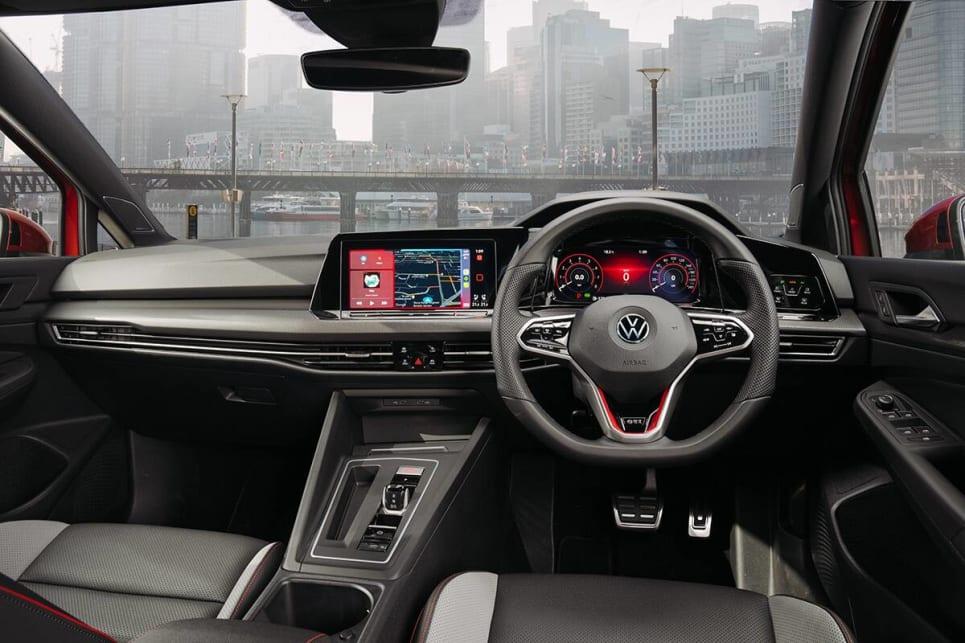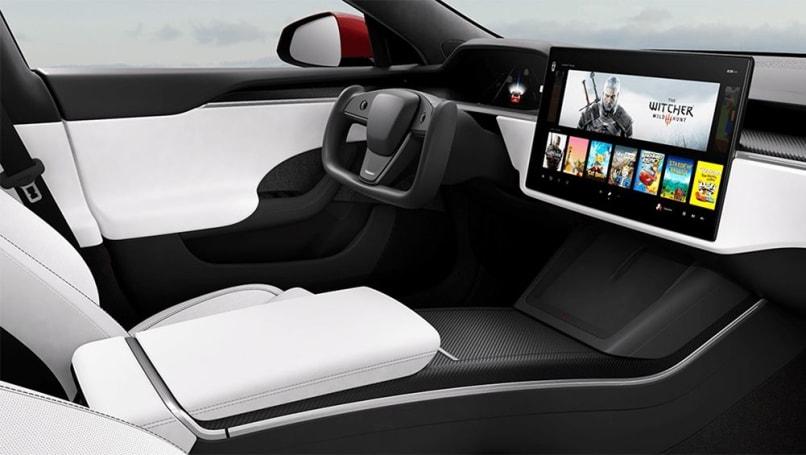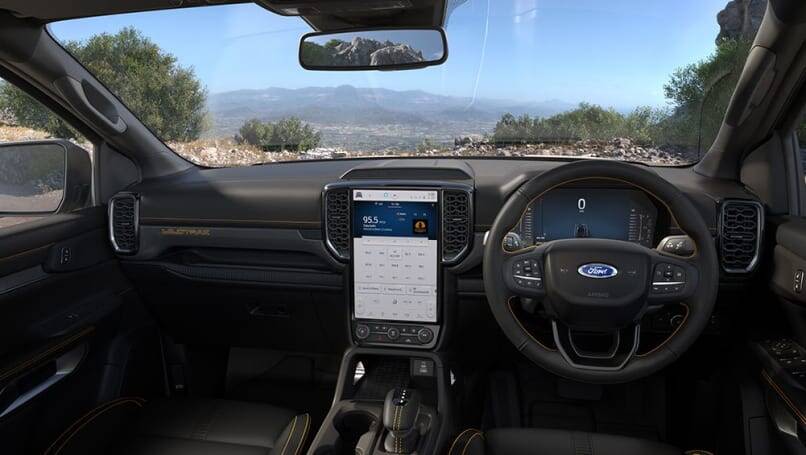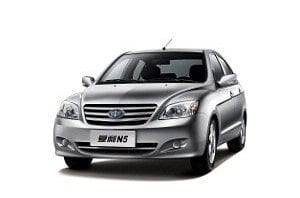
What's wrong with physical buttons? Car Brands Are Turning Dashboards Into Mobile Computers And It Sucks | Opinion

The Volkswagen Golf 8 does away with most of the physical buttons, and that's not a good thing.
Let me be clear from the outset - I am not a Luddite. I enjoy and embrace technology and believe that it has played a significant role in the development of both humanity in general and automobiles in particular.
But I just can't stand this modern craze of removing as many buttons as possible from modern cars. Over the past decade, automakers seem to have become obsessed with replacing as many buttons, dials and switches as possible and replacing them with screens.
This is something that has been bothering me for some time, and it reached its zenith a few years ago when BMW launched "gesture control" that pushed the boundaries of common sense.
We were told that this is the future. You can answer a call with a wave of your hand or turn on the radio louder by waving your finger in the air. Not to mention that it makes you look a little silly, these key functions were already available via steering wheel buttons. It has become easier, faster and, most importantly, safer to adjust the volume or answer a call with a simple press of a button.
But it was just the next step from moving away from physical buttons to more touchpads, and once again Tesla has become a catalyst for industry-wide change. That change began when she introduced her Model S, with a massive screen in the center of the dashboard that controls everything from brake regeneration to the radio.
The recent launch of the new generation Ford Ranger highlights this trend. The new Ranger features a huge central touchscreen that looks more like an iPad than an air conditioner and radio control device.
In Ford's defense, some key functions are still controlled by physical buttons, but the fact that a once humble working-class car like the Ranger has become a tech showcase demonstrates just how far this desire to move away from true distributive devices to virtual. rooted in the industry.

Ask a car company and they will tell you about the greater functionality of touch screens and the flexibility they provide to customers. What they don't usually say is that it saves money because it's often cheaper to have a single software-driven screen rather than dozens of complicated buttons and dials.
But it annoys me for two key reasons - safety and style.
Safety is by far the most important factor in any car design decision. The decision to move to more screens goes against what we are told about security.
For years, traffic safety authorities have urged us to turn off our smartphones when we are driving. For good reason, they can be incredibly distracting while driving, as you often have to scroll through multiple menus, and because they're touch-sensitive, you need to watch where you put your finger.

And yet that's what most of these new touchscreens in cars are all about - giant smartphones. In many cases, literally thanks to the widespread adoption of Apple CarPlay and Android Auto. Although the functionality of these car programs is slightly different, simplified and has larger icons, it still requires more attention than usual when using good, old-fashioned buttons and dials.
This brings me to my second frustration with the decline of traditional switchgear - the style factor.
In years past, switchgear design and functionality has been a way for car manufacturers to make themselves known. The more prestigious and luxurious the car, the more elegant the switchgear - real metals and detailed gauges and instruments.
This has resulted in some really beautiful cars, whereas now more and more makes and models are starting to look the same as they remove more unique features and replace them with generic touchscreens.
Of course, nothing will change in reality. The transition to fewer buttons and more digitization has not only begun, but is well under way. And, as history shows, you cannot stop progress - as the Luddites will tell you.
